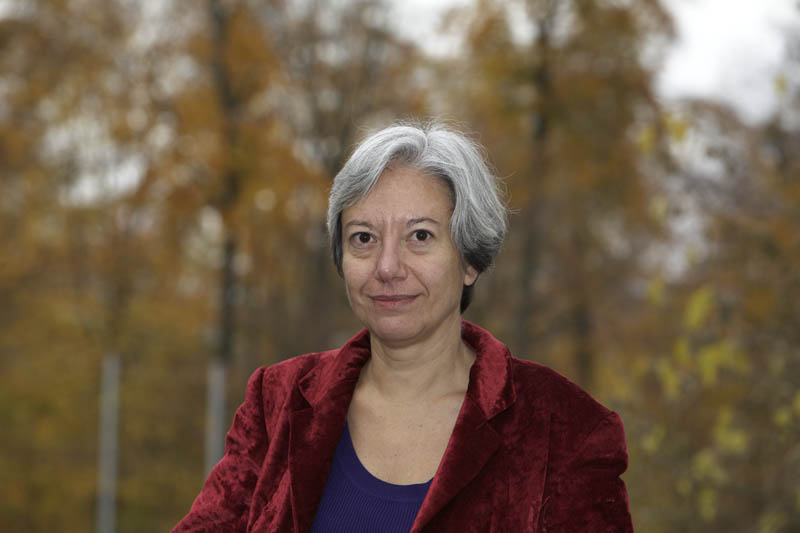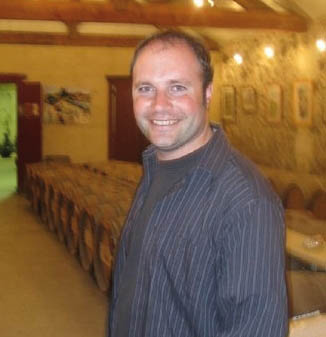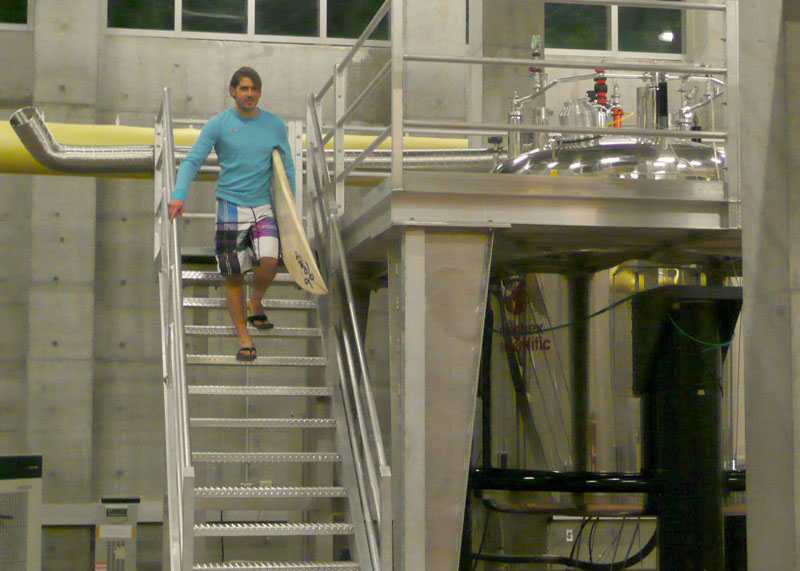NMR alumni celebrate opening of NMR centre at EMBL Heidelberg
There was much heartfelt handshaking and back-slapping at the official opening of the upgraded high-field NMR centre at EMBL Heidelberg on 13 March, as the tight and relatively small European NMR community came together for a day-long symposium.
Attendees included the ex-EMBL NMR group leaders – the Michaels Nilges and Sattler, Hartmut Oschkinat and Annalisa Pastore – as well as representatives from Bruker and the rector of Heidelberg University.
“It feels like a family reunion,” commented joint head of unit Christoph Müller in his introductory speech, before going on to talk about the importance of NMR in EMBL’s drive towards a systems approach to biology. “This unit is living the concept of integrated structural biology,” he said. “It’s heartening to see young scientists coming and embracing the principle of adopting complementary techniques.”
Other talks covered the recent advances of NMR in terms of technology and applications, and discussed its increasingly important role in structural biology.
“The day was a great success. The Operon was full till 7pm on a Friday evening,” commented Teresa Carlomagno, EMBL’s current NMR group leader. “The speakers demonstrated that modern NMR can really contribute much to the understanding of the most diverse biological processes.
The NMR alumni… Where are they now? What’s NMR like elsewhere? And what’s EMBL’s NMR story?

Then: Group Leader, 1988-1997
Now: Group Leader, NIMR, London
When I first arrived at EMBL in 1988, I realised how many potential NMR projects were lying around – but with no spectrometer, I had to arrange NMR time downtown, in Milan and in Strasbourg through various friends and collaborations.
Eventually I asked explicitly whether we could purchase a spectrometer, and Heads of Unit Steve Fuller and Dietrich Suck were very supportive. I stood up in front of SAC to justify the decision – and finally NMR was going to be introduced at EMBL! DG Lennart Philipson appointed two more group leaders in addition to myself: Hartmut Oschkinat, another experimentalist, and Michael Nilges as a computational person. You can imagine that it’s very rewarding for me to see that they are already at the third generation of NMR groups at EMBL.

Then: Postdoc, Sattler Group, 2003-2007
Now: Group Leader, IECB, Pessac, France
There were many changes with my move to start a group in France, besides the obvious switch from beer to wine. The spirit of the host institute was important: like EMBL, the IECB is an incubator for young group leaders, with a maximum length of stay and an international scientific advisory board. I’ve since also discovered that inclusion in one of the French national research agencies, such as CNRS or INSERM, facilitates collaboration and is required for most sources of national funding.
A recent change to accept applications and interviews in English has already made an important step towards welcoming an international contribution to the strong science community already in France.

Then: PhD student, Sattler Group, 2001-2007
Now: Postdoc, University of California, San Diego
Leaving Heidelberg in 2007, I never had the chance to feel homesick in the international science hub San Diego. In summer 2008 it was the host city of the ICMRBS, one of the most important scientific events in biomolecular NMR, so that was a great opportunity to reconnect with old friends. In true San Diego style, we organised an NMR surfing workshop – which, just like NMR , involves hard work and waves!
Having finished my postdoctoral project developing 13C based solid-state NMR methods to describe proteins in biomembranes, my advisor Stanley Opella has let me branch out and do some exploratory research. In a collaboration with Michael Burkart, I have begun a new project examining carrier protein guided lipid synthesis by NMR spectroscopy. Building such a pathway to independence is extremely important for young scientists and will provide the necessary preliminary data to secure research funding.
Our department has a strong collaborative ideal that reminds me very much of the inspiring network during my time at EMBL.